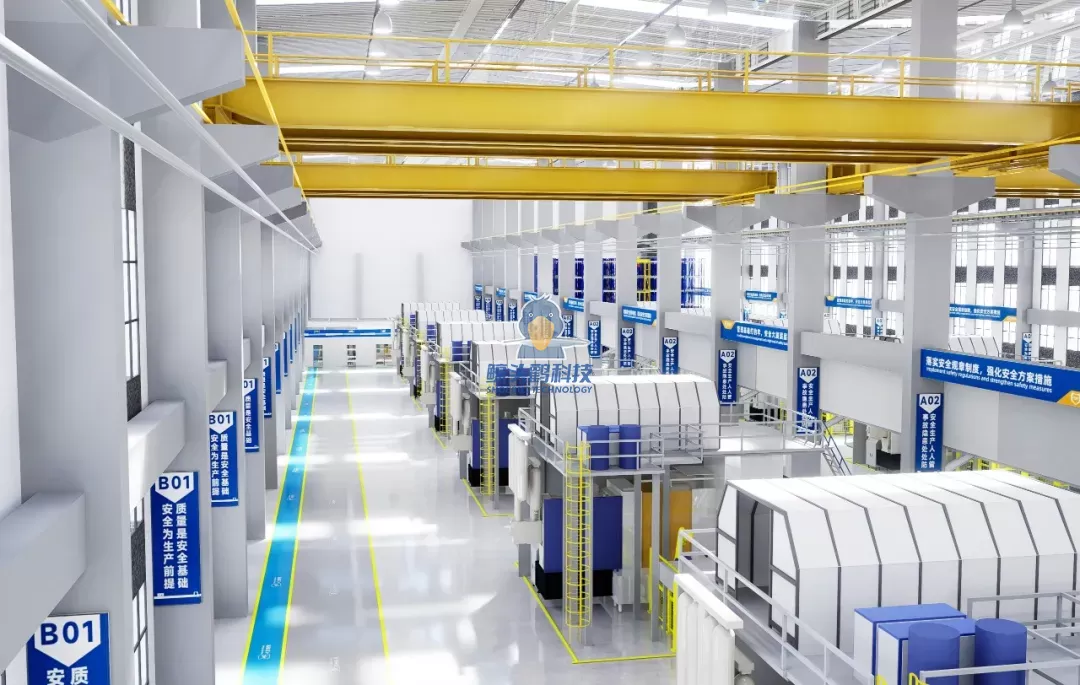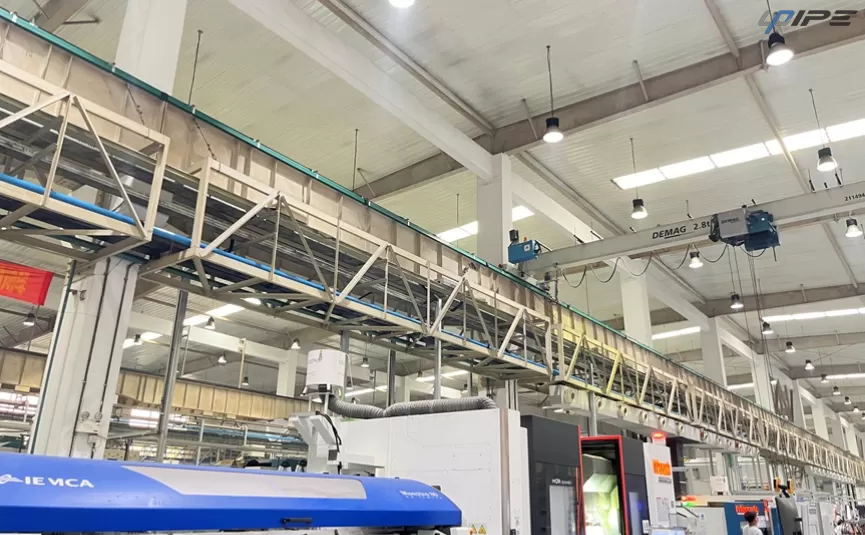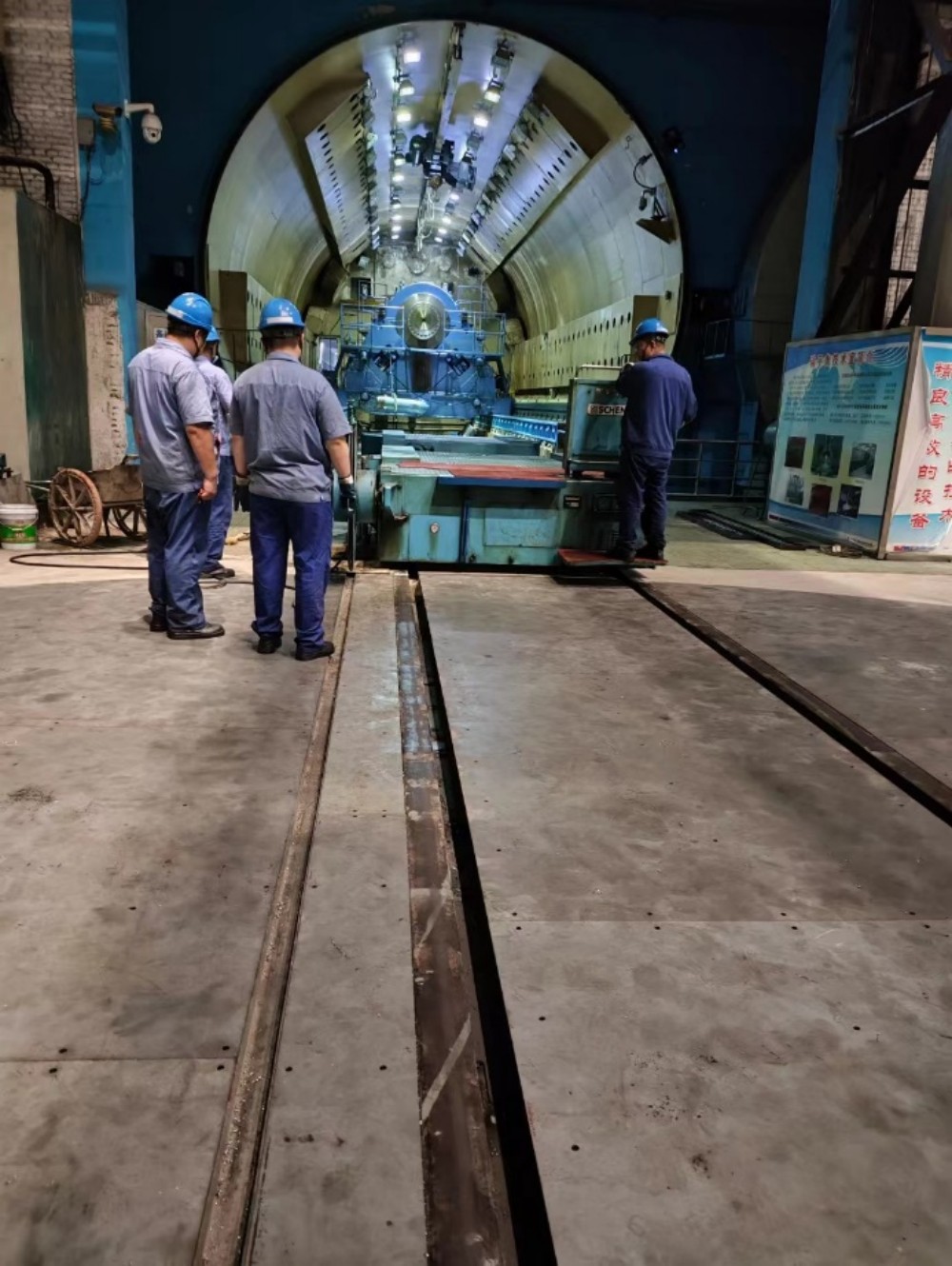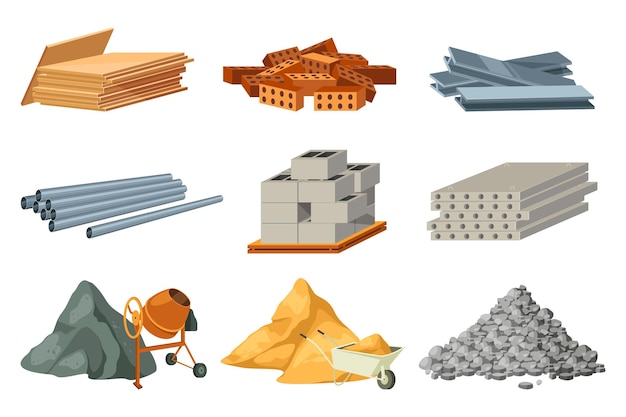In the vast realm of construction, materials play a pivotal role in shaping the durability, strength, and overall quality of structures. Among the plethora of options available, one material stands tall as the undisputed champion – concrete. With its versatility, cost-effectiveness, and unrivaled popularity, concrete has emerged as the most widely used material in construction projects worldwide. In this blog post, we will delve into the reasons behind concrete's dominance, its diverse applications, and its future prospects in the ever-evolving construction industry.
- The Reign of Concrete:
Concrete's reign as the most used material in construction can be attributed to its exceptional properties and adaptability. Its primary components, cement, aggregates, and water, combine to create a robust and durable substance capable of withstanding immense loads and environmental conditions. Concrete's versatility allows it to be molded into various shapes and sizes, making it suitable for a wide range of construction projects, from residential buildings to massive infrastructure developments. - Unmatched Strength and Durability:
One of the key factors contributing to concrete's popularity is its remarkable strength and durability. Concrete structures have proven their ability to withstand the test of time, with many ancient Roman structures still standing strong today. The compressive strength of concrete, combined with its resistance to fire, water, and weathering, makes it an ideal choice for constructing foundations, bridges, dams, and high-rise buildings. Its longevity and low maintenance requirements make it a cost-effective solution for long-term investments. - Sustainable Concrete Solutions:
In an era where sustainability is paramount, concrete has adapted to meet the demands of environmentally conscious construction practices. The production of concrete has undergone significant advancements, with the incorporation of supplementary cementitious materials and innovative mix designs. These developments reduce the carbon footprint of concrete, making it a more sustainable choice compared to traditional materials. Additionally, concrete's thermal mass properties contribute to energy efficiency in buildings, reducing the need for excessive heating or cooling. - Innovations in Concrete Technology:
Concrete's reign in the construction industry continues to evolve with advancements in technology. Researchers and engineers are constantly exploring new techniques to enhance concrete's properties and performance. Self-healing concrete, for instance, utilizes bacteria or encapsulated healing agents to repair cracks autonomously, prolonging the lifespan of structures. Furthermore, the integration of smart sensors and nanotechnology in concrete allows for real-time monitoring of structural health, ensuring safety and proactive maintenance. - The Future of Concrete:
As the construction industry embraces sustainable practices and seeks innovative solutions, concrete remains at the forefront of material choices. Ongoing research focuses on developing carbon-neutral concrete, exploring alternative binders, and incorporating recycled materials. Additionally, the integration of 3D printing technology with concrete opens up new possibilities for rapid and cost-effective construction methods. With its adaptability and continuous advancements, concrete is poised to maintain its position as the go-to material for construction projects worldwide.
Conclusion:
Concrete's unrivaled popularity in the construction industry stems from its exceptional strength, durability, versatility, and sustainability. Its ability to withstand diverse environmental conditions, coupled with ongoing technological advancements, ensures its relevance in the ever-evolving construction landscape. As the world continues to build and innovate, concrete remains the steadfast foundation upon which our structures stand, solidifying its position as the most used material in construction.











+ There are no comments
Add yours